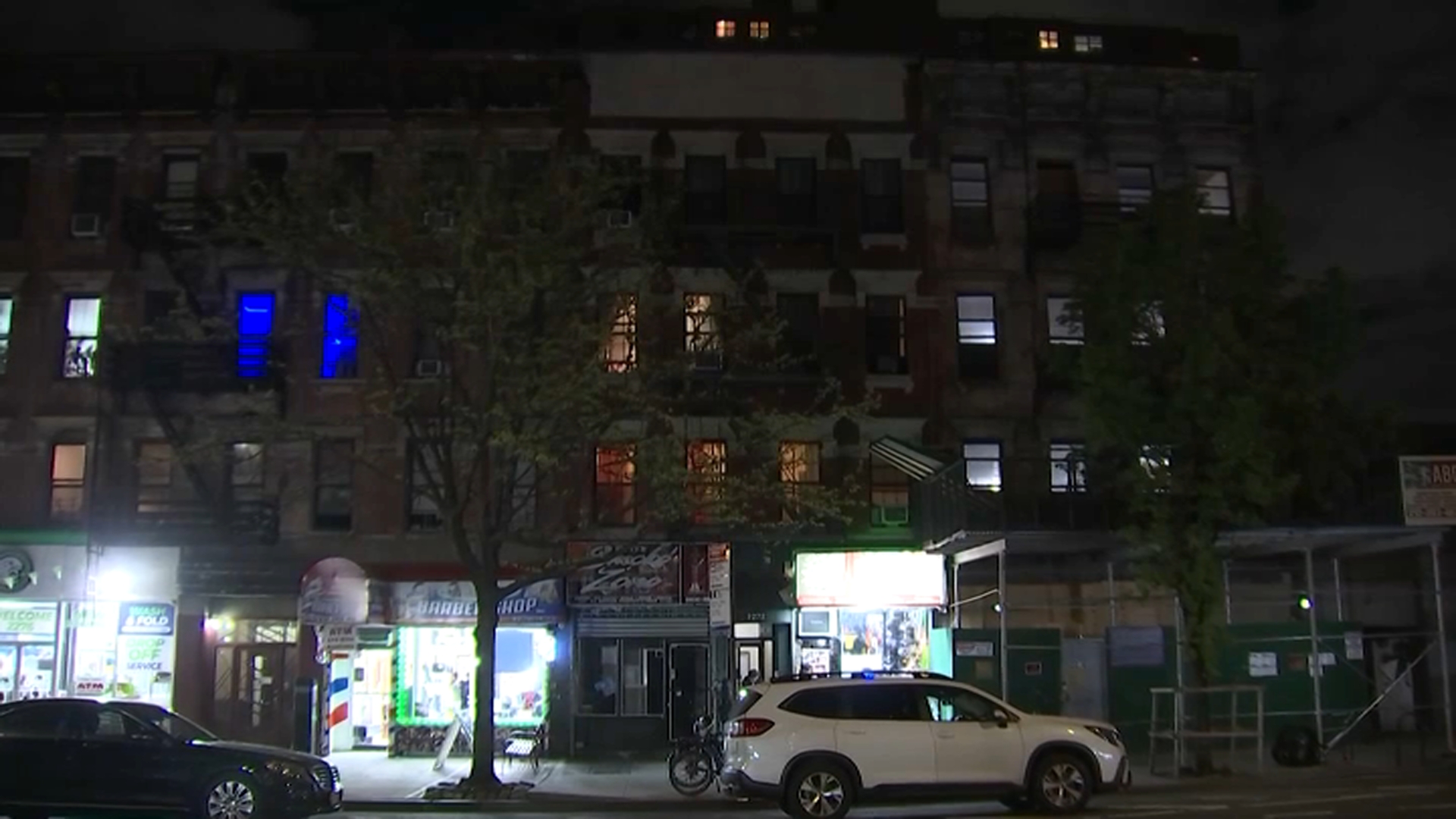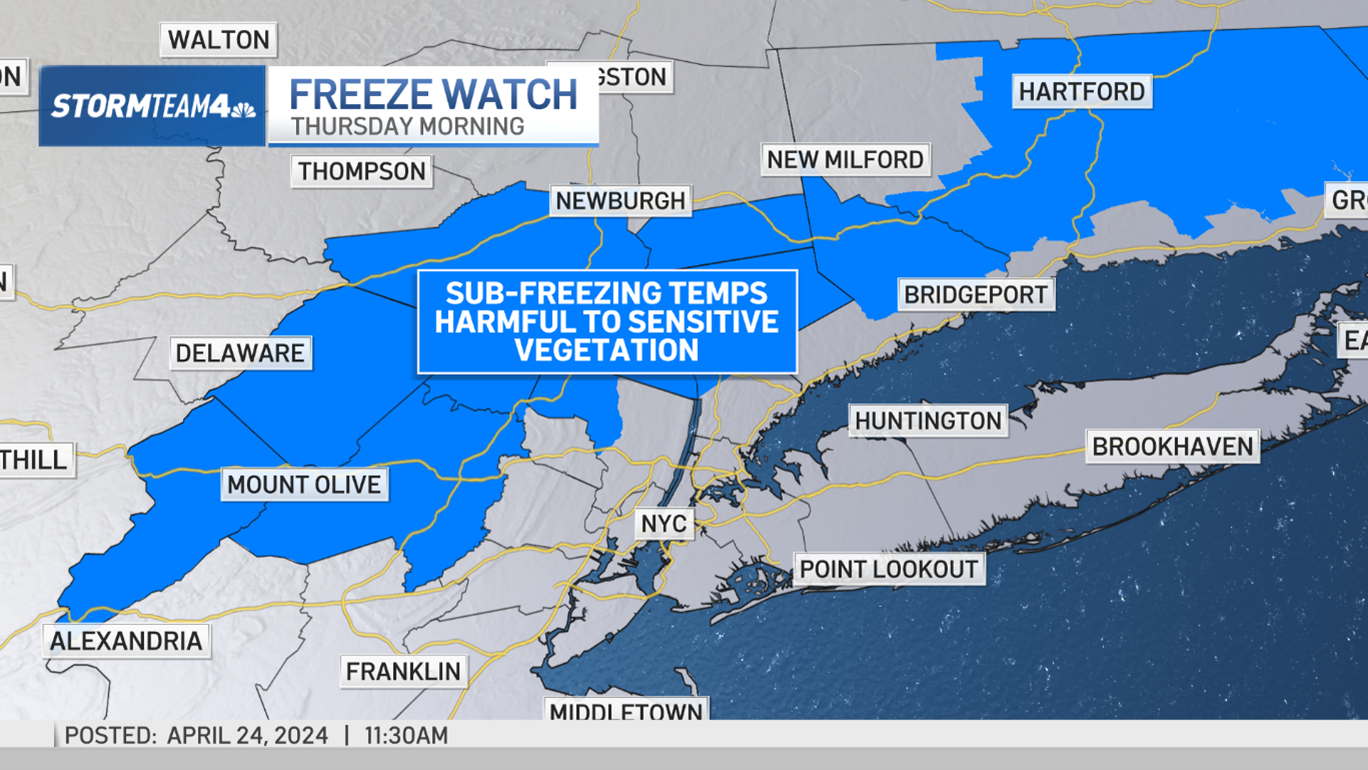Sam Neuman jokes that he doesn't casually throw off his coat when he gets home at night — it would take up half his apartment.
Such is life in his walk-up studio a few blocks from Manhattan's bustling Times Square, which at 280 square feet is barely the size of a one-car garage, with just enough space for a bed, a desk, a TV stand on one wall and a kitchen against the other.
"I've developed this weird Stockholm Syndrome, which you identify with your captors," said the 31-year-old publicist. "When I go to other people's apartments, I think, 'Why do they need more than one bedroom?' I'm really very happy here. There's not really time to let things accumulate because ... where would I put them?"
The Big Apple is legendary for its legions of residents who live in really, really small apartments. Many of them are fiercely proud of it and can even find the humor in their cramped quarters. Now the city is about to see just how small New Yorkers are willing to go.
With the population and rents expected to keep climbing, New York City planners are challenging architects to design ways to make it tolerable — even comfortable — to live in dwellings from 350 square feet to as small as 250 square feet.
The city wants to incorporate those designs into an apartment complex to be built on Manhattan's east side next year featuring mostly "micro units." The aim is to offer more such tiny apartments throughout the city as affordable options for the young singles, cash-poor and empty nesters who are increasingly edged out of the nation's most expensive real-estate market.
If the pilot program is successful, New York could ultimately overturn a requirement established in 1987 that all new apartments be at least 400 square feet. Smaller living is a concept already endorsed by some cities. San Francisco recently approved construction of apartments as small as 220 square feet. And Tokyo and Hong Kong have long offered tiny units.
Local
As a way to get New Yorkers to think small, the Museum of the City of New York is opening an exhibit Wednesday featuring a fully furnished 325-square-foot studio apartment that incorporates the latest space-saving designs. There's the bed that folds out over a couch, a padded ottoman containing four nesting chairs, a fold-out dinette table tucked neatly under the kitchen counter and a TV that slides away to reveal a bar.
Neuman was amazed at how much more spacious and airy the demonstration apartment felt than his own flat.
"If they hooked up the cable and plumbing, I'd move in tomorrow," Neuman said during a walk-through of the exhibit with a reporter. "You could actually have a cocktail party in there without it feeling like the subway at rush hour."
Other amenities in the 12-foot-by-24-foot model include a cute bathroom that is 5 feet 9 inches by 7 feet 9 inches, a refrigerator and separate freezer tucked under the counter, and the holy grail of New York apartments, a dishwasher. The Murphy bed, like most of the features, glides out with only a light touch of the hand.
"It's almost like a space shuttle or an ocean liner in how it's designed," said Donald Albrecht, the co-curator of the exhibition.
On Manhattan's west side, it doesn't take long for 67-year-old school finance director Jack Sproule to give a tour of the studio apartment he owns with his wife. At 290 square feet, there's just enough room for the bed that folds into the wall, a kitchenette and an adequately appointed bathroom, which Sproule jokes is the only place to escape when there's an argument.
But the signature feature is the picture window at the far end of the unit.
"Look at that view," Linda Sproule said, pointing to the sprawling expanse of Central Park, with the reservoir, the great lawn and the Metropolitan Museum of Art in the distance.
The let's-get-small initiative taps into that trade off — an ultra-tiny apartment for the opportunity to live in one of the world's great cities.
It grew out of a confluence of sobering statistics. New York City, which already has 8.2 million people, is projected to grow by about 600,000 people by 2030. A third of the city's households consist of just one person, a percentage that climbs to 46 percent on the island of Manhattan. Residents face average market-value rents of $2,000 a month for a studio apartment and $2,700 a month for a one-bedroom.
Newly constructed tiny apartments, depending on location, are expected to go for the price of a current studio but would have the added state-of-the-art amenities.
Sproule said living small has personal benefits.
"It helps us focus on one another," he said. Without a lot of maintenance, "it's amazing how much free time we have to be with one another. It also allows us to explore New York more."
Neuman would not say how much he pays for his tiny studio, other than it is less than market value for his neighborhood.
After five years of living there, claustrophobia has been replaced by a much different fear.
"Maybe every two years I have some version of an anxiety dream where my apartment is enormous," Neuman said. "It completely terrifies me."



